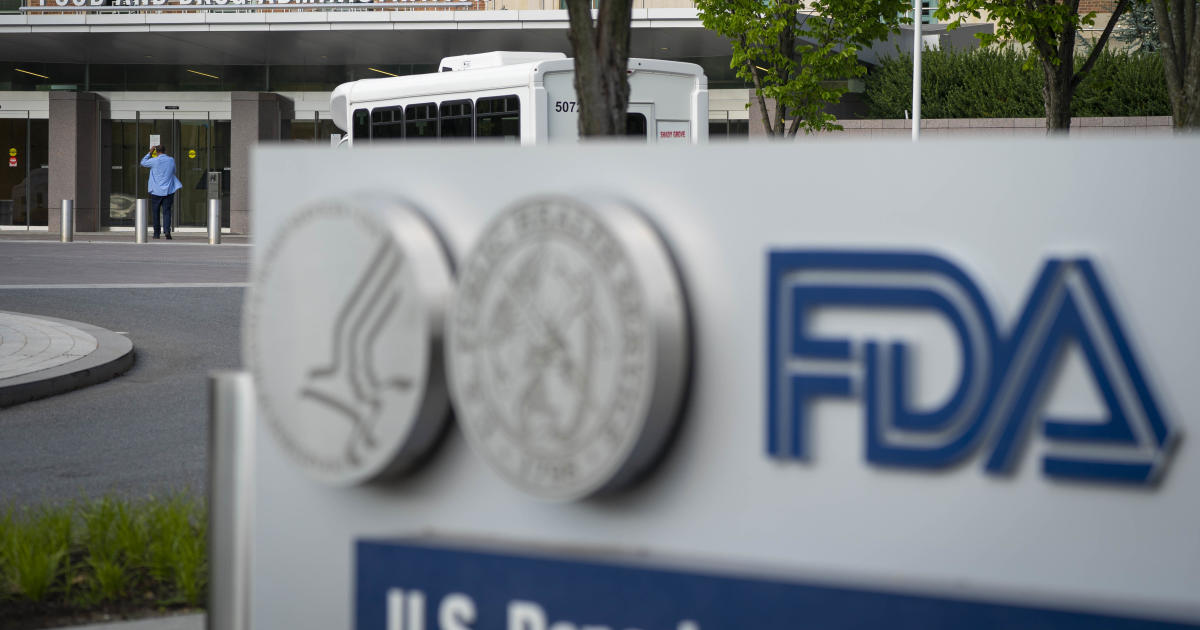

No response returned

The Food and Drug Administration announced Wednesday it had decided to revoke Red 3's authorization to be added to foods, over concerns about how the food coloring dye has been linked to cancer in laboratory animals.
FDA officials have telegraphed the decision for months. While the agency has long said that it did not think evidence of Red 3 causing cancer applied to humans, officials said their hand was forced by a law requiring the agency to pull additives that are cancerous in animals.
"The Delaney Clause is clear; the FDA cannot authorize a food additive or color additive if it has been found to cause cancer in humans or animals. Evidence shows cancer in laboratory male rats exposed to high levels of FD&C Red No. 3," said Jim Jones, the FDA's deputy commissioner for human foods, referring to the law.
A post on states that Red 3's use in food or drugs "puts people at risk are not supported by the available scientific information."
Hundreds of food brands, including products ranging from candy and fruit cups to snack chips and tomato sauce, have contained Red 3 at some point, according to databases maintained by the and the nonprofit , as well as nutrition labels disclosed by food companies.
Wednesday's decision stems from a filed by the Center for Science in the Public Interest and a number of other groups in 2022, calling for the additive to be pulled from the market. Food brands will have until January 2027 to stop using the dye.
The group has also championed a move by California to ban the food dye, which is already banned from use in cosmetics.
"The primary purpose of food dyes is to make candy, drinks, and other processed foods more attractive. When the function is purely aesthetic, why accept any cancer risk?" said Dr. Peter Lurie, president of the Center for Science in the Public Interest, in a .
While the group has highlighted Red 3's link to cancer in pushes to ban the additive, it is concerned over a different health concern — the possibility that artificial food dyes could be causing hyperactivity in children — that has fueled opposition to this and another dye used in many U.S. food products.
An influential by California''s Environmental Protection Agency of studies on synthetic food dyes, including Red 3, concluded in 2021 that colorants "can impact neurobehavior in some children."
Red 3 has been authorized for use in at least some foods by countries around the world, the International Association of Color Manufacturers, under other names like erythrosine or E 127. In Europe, Red 3 is only in cocktail cherries and candied cherries.
In the U.S., Red 3 is used in some candies, including Jelly Belly's , Tootsie's and Ring Pop's . Other foods also use Red 3, like Del Monte , MorningStar Farms and Pillsbury's .
Several drinks rely on Red 3 as well, among them Ensure's and Nesquik's .
In a Wednesday, the candy industry pledged to comply with the FDA's guidance and safety standards. Industry groups have been calling on the agency to step up its regulation of food additives, citing concerns that a vacuum left by FDA inaction could lead to a frustrating patchwork of state laws for national food brands.
"Our consumers and everyone in the food industry want and expect a strong FDA, and a consistent, science-based national regulatory framework. We have been saying for years that FDA is the rightful national regulatory decision maker and leader in food safety," said the National Confections Association's statement.
, President-elect Donald Trump's pick to head the federal department that will oversee the FDA, has been critical of the agency for not moving to curb use of certain food additives.
Kennedy and his allies have tightening the FDA's approach to regulating food additives, which critics have derided as a "loophole" allowing in concerning ingredients. That process is separate from artificial colors like Red 3 and Red 40, which must jump through steep hurdles to gain the FDA's authorization and are carefully tested for purity before being used in the market.





